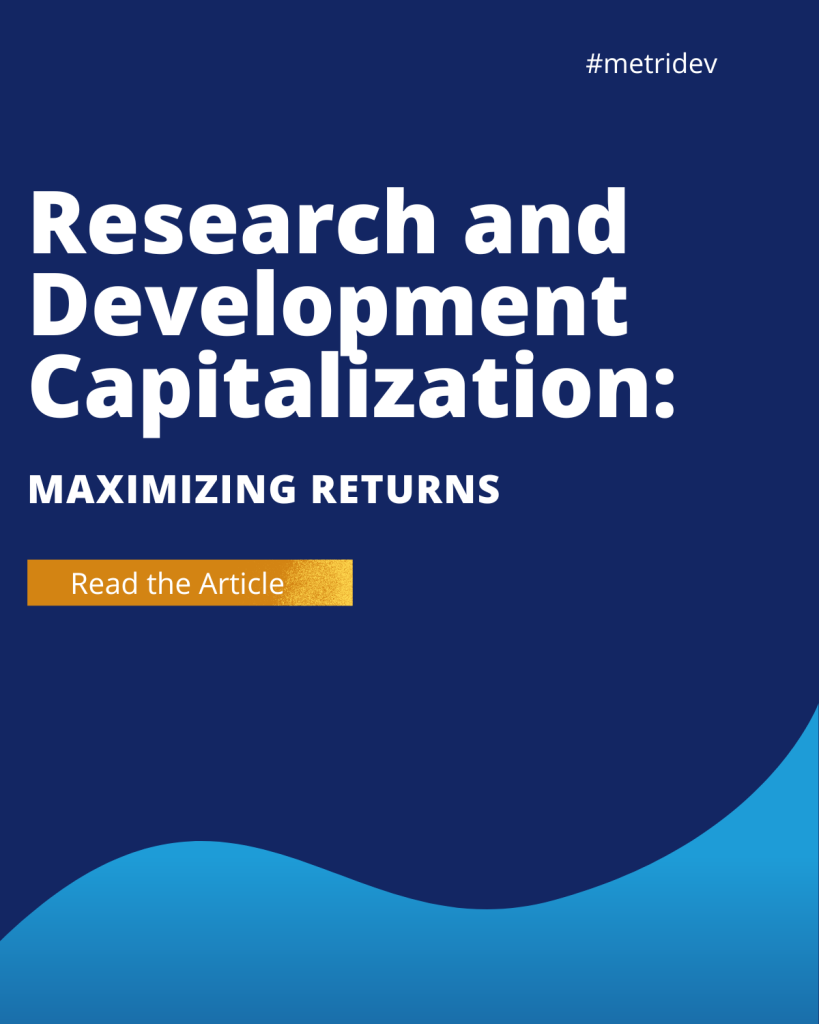Introduction
In today’s rapidly evolving technological landscape, data has become the cornerstone of innovation and progress. The ability to collect, analyze, and utilize data effectively has transformed various industries, and engineering is no exception. Data-driven engineering has emerged as a powerful approach that leverages data to optimize processes, make informed decisions, and drive success. This article explores what a data-driven approach entails, the benefits it offers in engineering, key components of a strategy, tools and technologies involved, and best practices for data collection, analysis, and utilization.
What is a data-driven approach?
A data-driven approach in engineering involves using data as the foundation for decision-making, problem-solving, and process optimization. It enables engineers to rely on empirical evidence and quantitative analysis rather than intuition or guesswork. By utilizing data, engineers gain insights into the performance of systems, identify patterns, and make informed decisions based on evidence rather than assumptions. This approach relies on a robust data infrastructure, advanced analytics, and data visualization techniques to extract meaningful insights from large datasets.
The benefits of a data-driven approach in engineering
Adopting a data-driven approach in engineering offers numerous benefits. Firstly, it enables engineers to make more accurate predictions and forecasts by leveraging historical data and statistical models. This leads to enhanced reliability and efficiency in engineering projects, reducing the chances of costly errors or failures. Secondly, data-driven engineering allows for continuous improvement by identifying areas of optimization and potential bottlenecks. By analyzing data, engineers can identify patterns, trends, and correlations that can inform process refinements and improve overall performance. Additionally, this approach enables engineers to identify and mitigate risks proactively, leading to improved safety and reliability of engineered systems.
Key components of a data-driven engineering strategy
Implementing a successful data-driven engineering strategy requires careful consideration of several key components. Firstly, it is essential to have a robust data infrastructure that can efficiently collect, store, and process large volumes of data. This includes data acquisition systems, data storage solutions, and data management platforms. Secondly, advanced analytics capabilities are crucial for extracting valuable insights from data. This involves deploying statistical models, machine learning algorithms, and data visualization techniques to identify patterns, trends, and correlations. Lastly, a strong data governance framework is essential to ensure data quality, security, and compliance with relevant regulations.
Implementing a data-driven approach in engineering processes
Adopting this approach approach in engineering processes involves several steps. Firstly, engineers must identify the key performance indicators (KPIs) they will use to measure success and monitor progress. Align these KPIs with the overall objectives of the engineering project or organization. Once engineers define the KPIs, they can collect relevant data through sensors, monitoring systems, or manual measurements. This data is then processed, analyzed, and visualized to gain insights and inform decision-making. Continuous monitoring and analysis of data allow engineers to identify trends, anomalies, and opportunities for improvement, leading to data-driven decision-making.

Some Tools and technologies
Data-driven engineering relies on a wide range of tools and technologies to collect, process, analyze, and visualize data. Data acquisition systems such as sensors, IoT devices, and monitoring systems play a crucial role in collecting relevant data. Data storage solutions, including databases and data warehouses, provide the infrastructure to store and manage large volumes of data. Advanced analytics tools, such as statistical software, machine learning platforms, and data visualization tools, enable engineers to extract insights and identify patterns from data. Additionally, cloud computing platforms and big data frameworks offer scalable and efficient infrastructure for data processing and analysis.
Overcoming challenges in adopting a data-driven approach
While the benefits of a data-driven approach in engineering are significant, there are challenges that organizations may face when adopting this strategy. One of the primary challenges is ensuring data quality and integrity. Data must be accurate, reliable, and representative of the system or process being analyzed. This requires careful data collection, validation, and cleansing processes. Another challenge is the integration of data-driven technologies into existing engineering workflows and processes. This may require significant changes to organizational culture, skill sets, and infrastructure. Training and upskilling engineers to be proficient in data analysis, statistical modeling, and machine learning is essential to overcome these challenges successfully.
What are data-driven technologies?
Data-driven technologies encompass a wide range of tools, techniques, and methodologies that leverage data for decision-making and optimization. These technologies include statistical modeling, machine learning algorithms, artificial intelligence, and data visualization techniques. Statistical modeling allows engineers to analyze data and identify relationships, correlations, and trends. Machine learning algorithms enable engineers to create predictive models, anomaly detection systems, and optimization algorithms. Artificial intelligence techniques can be used to automate decision-making processes based on data inputs. Data visualization techniques, such as charts, graphs, and dashboards, enable engineers to communicate insights effectively and facilitate data-driven decision-making.
Training and upskilling for data-driven engineering
To fully harness the potential of data-driven engineering, engineers need to be equipped with the necessary skills and knowledge. Training and upskilling programs can help engineers develop proficiency in data analysis, statistical modeling, machine learning, and data visualization. These programs may include workshops, online courses, certifications, and hands-on projects. Additionally, organizations can foster a culture of continuous learning and provide resources for engineers to stay updated with the latest advancements in data-driven technologies. By investing in training and upskilling, organizations can empower their engineers to leverage data effectively and drive innovation in engineering processes.
Best practices for data collection, analysis, and utilization in engineering
To ensure the success of a data-driven engineering approach, it is essential to follow best practices for data collection, analysis, and utilization. Firstly, engineers should define clear objectives and identify the specific data required to achieve those objectives. Collecting unnecessary or irrelevant data can lead to noise and hinder meaningful analysis. Secondly, data should be collected consistently and accurately, using standardized protocols and procedures. This ensures data quality and reliability. Thirdly, engineers should employ appropriate data analysis techniques, such as statistical modeling or machine learning algorithms, depending on the nature of the problem or objective. Lastly, the insights gained from data analysis should be effectively communicated and utilized to inform decision-making and drive improvements in engineering processes.
Do engineers use machine learning?
Transitioning into the realm of machine learning’s applications in engineering, it’s evident that this technology has become ubiquitous, empowering engineers to tackle complex challenges, optimize processes, and adopt data-driven strategies. Within this landscape, engineers harness machine learning algorithms to develop a plethora of solutions, ranging from predictive models to anomaly detection systems and optimization algorithms. Notably, these algorithms exhibit remarkable capabilities in processing vast datasets, unveiling hidden patterns or correlations, and generating precise predictions or recommendations. As a result, machine learning transcends various engineering domains, spanning manufacturing, energy systems, transportation, and civil engineering. By embracing machine learning techniques, engineers can markedly enhance productivity, efficiency, and reliability across their projects.
Data-driven engineering examples
Transitioning into a discussion on data-driven engineering, it’s evident that this approach has already showcased its potential across various industries. Furthermore, in manufacturing, data-driven approaches have revolutionized production processes. They allow for the optimization of production, prediction of equipment failure, and enhancement of product quality. Similarly, in energy systems, these techniques have facilitated the optimization of power generation, demand response, and seamless integration of renewable energy sources. Moreover, in transportation, data-driven methodologies have streamlined traffic management, optimized routes, and enabled predictive maintenance. These examples underscore the transformative impact of data-driven engineering, not only enhancing performance and reducing costs but also fostering innovation across diverse sectors.
Conclusion
Data-driven engineering has become a critical enabler of success in today’s complex and fast-paced engineering landscape. By adopting a data-driven approach, engineers can leverage the power of data to make informed decisions, optimize processes, and drive innovation. However, implementing a data-driven engineering strategy requires careful planning, robust data infrastructure, advanced analytics capabilities, and a commitment to continuous improvement. Organizations that embrace this approach in engineering and invest in the necessary tools, technologies, and training are well-positioned to thrive in the future. As data continues to grow in volume and complexity, the role of data-driven engineering will only become more essential in shaping the future of engineering.
Learn more about the data driven approach, read our article Software Developer Titles: Unlocking the Hierarchy and gain more insights!









Leave a Reply